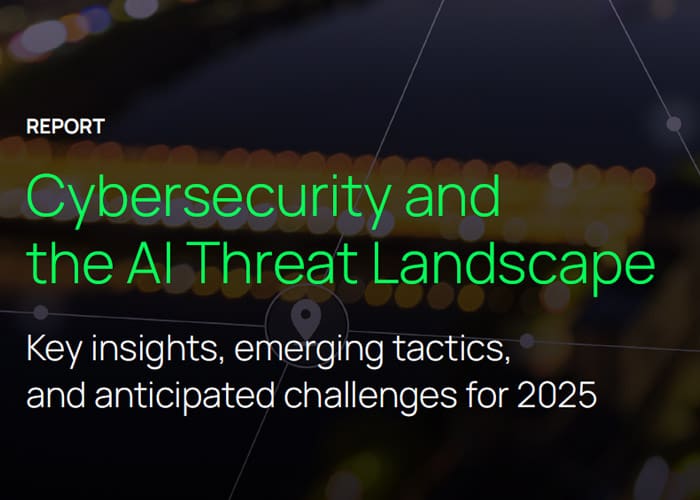In 2024, the cybersecurity landscape was marked by a dramatic surge in threats, driven by sophisticated tactics and emerging technologies. Infostealer malware led to significant breaches, such as the Snowflake incident, compromising sensitive personal and financial data. AI-generated phishing and social engineering attacks became more prevalent, successfully evading traditional defenses.
Non-Human Identities (NHIs) emerged as critical assets for automating workflows, yet most of them were not rotated within recommended timeframes, leaving them exposed to potential compromise. The financial sector faced a wave of deepfake fraud attempts, underscoring the growing menace of AI-assisted identity fraud. Meanwhile, Active Directory remained a prime target for ransomware attacks, causing widespread operational disruptions. Multifactor Authentication (MFA) was implicated in nearly half of security incidents, often due to misconfigurations and fraudulent push notifications. Ransomware attacks, leveraging double extortion tactics and Ransomware-as-a-Service (RaaS), targeted sectors like technology, manufacturing, and construction, with advanced digital infrastructures in the US, UK, and Israel being prime targets.
We anticipate an even more challenging threat landscape in 2025. AI-driven ransomware and deepfake attacks are expected to become more frequent and sophisticated, amplifying the risk to businesses and critical infrastructure. Hyper-personalized phishing campaigns, fueled by AI’s ability to synthesize vast amounts of public data, will make it increasingly difficult for users to distinguish legitimate communications from threats. Additionally, attackers are likely to intensify their exploitation of non-human identities and identity providers, taking advantage of inadequate lifecycle management and identity sprawl. These evolving attack vectors underscore the urgent need for organizations to strengthen their security postures, invest in advanced threat detection, and prioritize identity-first security strategies to stay resilient in the face of an ever-evolving threat landscape.


